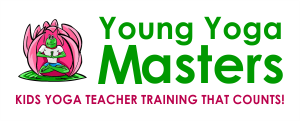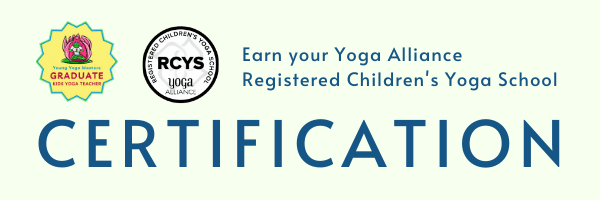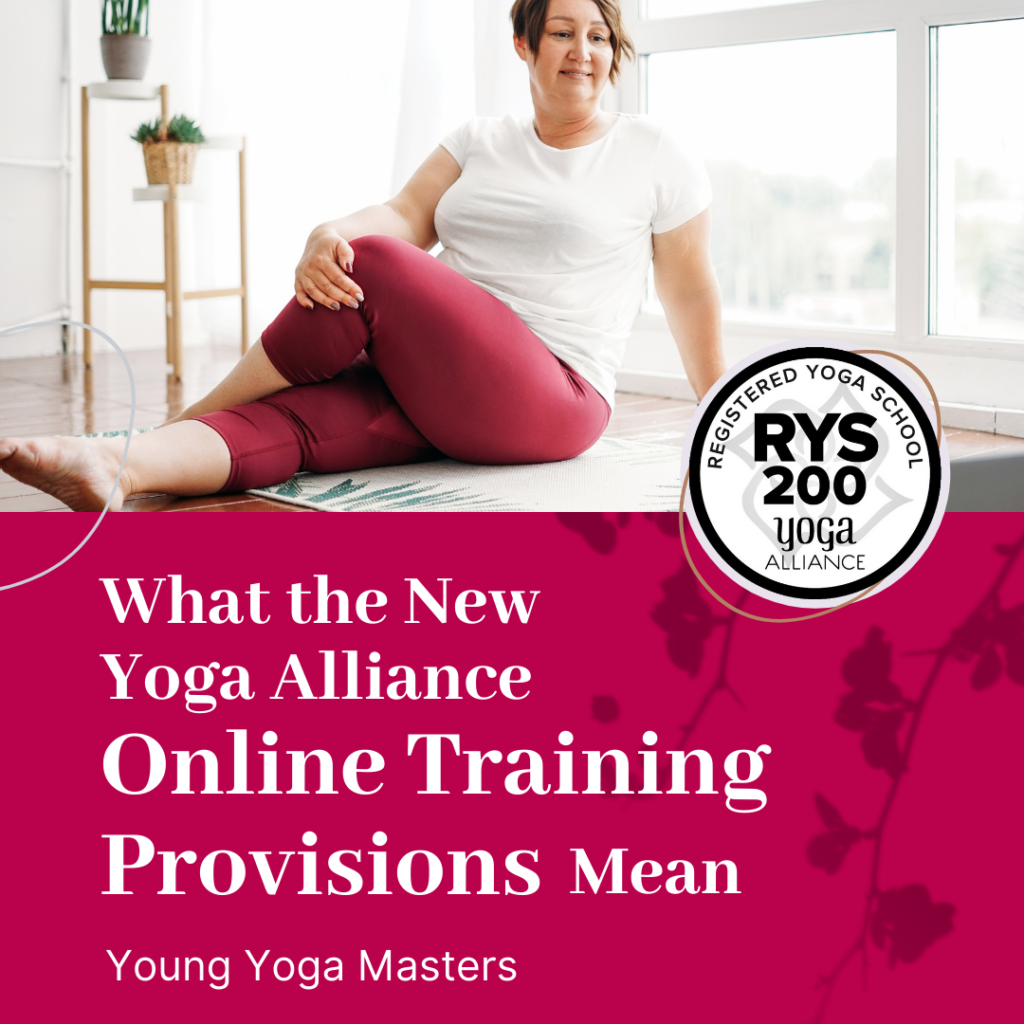
In August of 2021, Yoga Alliance (YA) announced the updates for the online training provision. Many Registered Yoga Schools anxiously awaited the new provisions so they could set their training schedules for 2022 and beyond.
Let’s review the YA announcement and then I’ll share what I learned from the online training we offered in 2021.
Yoga Alliance’s (YA) Online Training Provisions Explained:
- Why? Yoga Alliance is adapting to the world-wide coronavirus pandemic.
- When? How Long? The new Online Training Provisions extend for 2022 and 2023.
- Who? It applies to all YA Registered Yoga Schools: 200 hour, 300 hour, and the combined 500 Hour Trainings, Children’s (95 HR) and Prenatal (85 HR) Schools too.
- How? Schools must APPLY for the exemption (it is not an automatic exemption) and the application process for 2022-23 opens for YA Schools on Oct. 4, 2021 and takes about 7-10 to process and get approved. There are new recommended requirements that I’ll review here too.
- What and Where? Training must include a blend of Synchronous and Asynchronous training (see chart), though YA did not give minimum hours required in each. They did however give some new teaching models that must be incorporated (see details below).
- What Else? Yoga Alliance is using the new exemption application as a bridge to getting schools to upgrade to the “Elevated” RYS Standards. The elevated standards were announced before covid (June 2019), and the deadline to upgrade to the new standards has shifted to December 31, 2023.
Synchronous and Asynchronous Learning
Schools must have a blend of synchronous and asynchronous learning and Yoga Alliance is NOT requiring a minimum number of hours in each category.
This is a huge change because for so many years YA told schools that asynchronous learning was not permitted and was held up as the inferior model.
Now we are forced to move into asynchronous learning styles and it turns out they can be pretty amazing!
Even though YA does not have a minimum of each type of learning, they do want schools to be transparent about what they are offering, so a student knows exactly what they are signing up for.
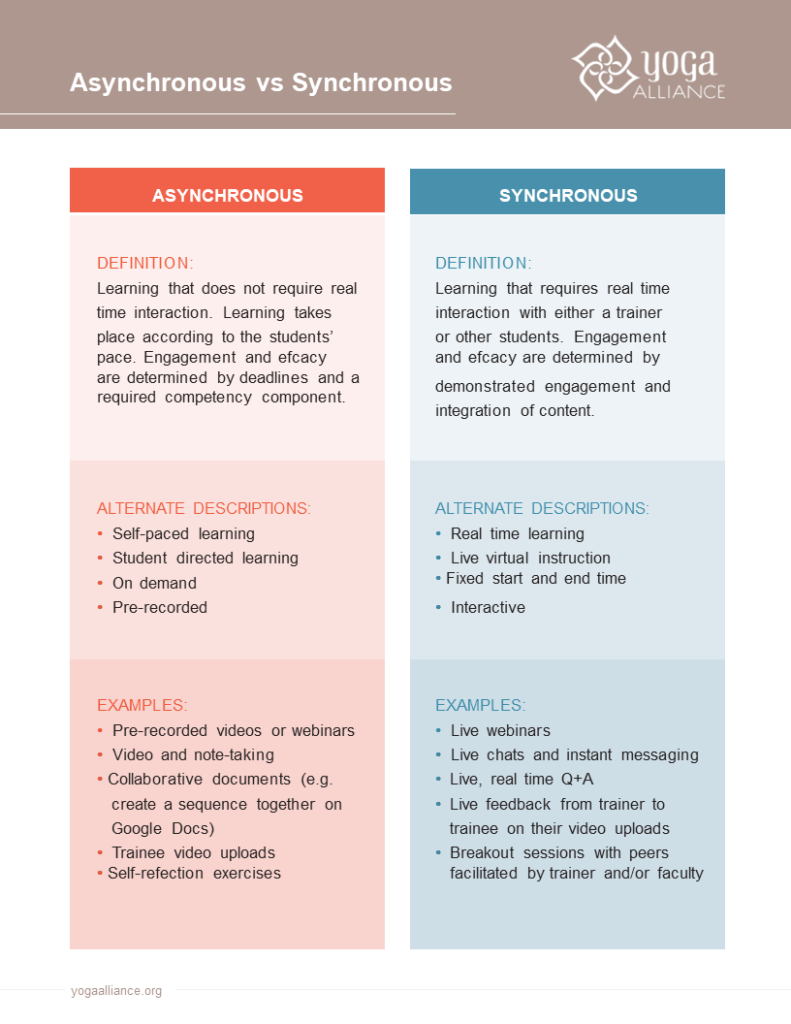
How to Offer Synchronous and Asynchronous Yoga Training
Moving our Yoga Teacher Training online was a bit of a mind-bender at first. We thought a lot about how we could still deliver a quality training.
In the beginning, I think we leaned too far into the synchronous learning, just trying to do everything the same, but let it be live on zoom.
But the screen time got exhausting and eventually we found a good blend of styles.
Here are some examples of where we have landed at Young Yoga Masters, with the different teaching methodologies for both types of learning.
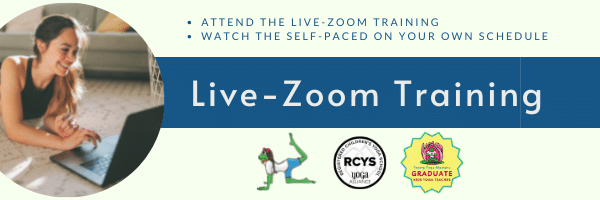
Synchronous Yoga Teacher Training
Some forms of synchronous training we use include:
- Scheduled Live-Zoom Training that is interactive and allows time for question and answer,
- Break Out Room Activities in the Training: giving students in the training a chance to interact with each other and work on assignments for the Training,
- Monthly Kids Yoga Teacher Check-Ins: where we cover a topic live on Zoom each month and allow time for students to discuss in the break out rooms too,
- Office Hours with Trainers: Students have the option to book a zoom appointment during office hours whenever they have questions or need clarification,
- Final One-to-One Check-In: We meet with each student to review their practicum Lesson Plans and Reflections and check-in before the final Certificate is Printed.
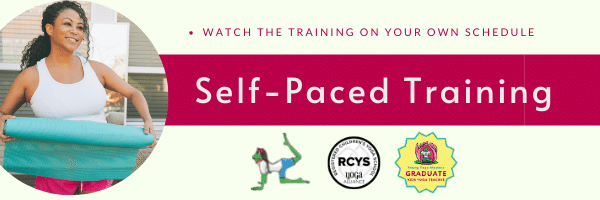
Asynchronous Yoga Teacher Training
This type of training is easier to deliver in many ways. Here are some ways we utilize asynchronous training in our Certification:
- Prerecorded Training: recordings of interactive live-zoom sessions that students can watch in their own time,
- Prerecorded Webinars: led by your lead trainer utilizing slides, video, and reflection time,
- Prerecorded Kids Classes: you can observe your Trainers teaching children where the children are in-person with the trainer and also where the trainer and child are meeting on zoom.
- Self-reflection exercises: where you complete the prompts to reflect on your training and practicum classes.
- Practicum Teaching: creating your own Lesson Plans and teaching them to children.
- Online Quizzes: to review material covered in the training and check for comprehension.
Teaching Models for Yoga Teacher Training
The Yoga Alliance Provisions now state:
RYSs will be required to provide details about their course design, including how the RYS will incorporate the following teaching models to integrate knowledge:
- Trainee-to-content: Use of pre-defined feedback, tutorials, reading discussions, quizzes, and/or other competency testing
- Trainee-to-trainee: Planned interaction(s) that encourages problem solving and critical thinking skills among trainees
- Trainee-to-teacher: Teacher-led interactions and discussions to cultivate a sense of connectedness while enhancing learning outcomes
Yoga Alliance Website Look under 2022-2023 Application Details
These teaching models can be easily met by the various types of training, but especially the synchronous training methods when it comes to interactions.
Lessons Learned from Online Yoga Teacher Training
2021 was a huge learning curve for everyone and moving our Kids Yoga Teacher Training online opened my eyes to many new aspects of training.
Most importantly, I learned the value of online self-paced training.
I learned that not all people enjoy in-person training. Many new students embarked on the training, some were self-professed introverts, some busy parents, some who worked on weekend.
Self-paced learning opened doors for people who had been watching from the sidelines, hoping for an easier way to get trained.
I also learned that people still learn through self-paced study, and in some ways, get a more thorough and complete training because they can:
- Go back and watch parts they didn’t understand or missed (for whatever reason)
- train on their own timeline, when they can be most alert and ready to learn,
- access training that is physically far away from them,
- save money in travel, accommodations, printing, and even registration fees from courses that can pass on savings to students.
I’ve seen doctors, educators, counselors, parents, and community leaders graduate from both the self-paced and live-zoom training this year and in our final check-in, I feel confident in their comprehension and ability to teach kids yoga.
Yoga Teacher Training: Moving Forward
I’ll be getting ready to complete the 2022 application form on YA that opens in October. Online training is here to stay for my school.
I’ll keep you posted on what the application process is like and any further developments in the Yoga Alliance policies.
